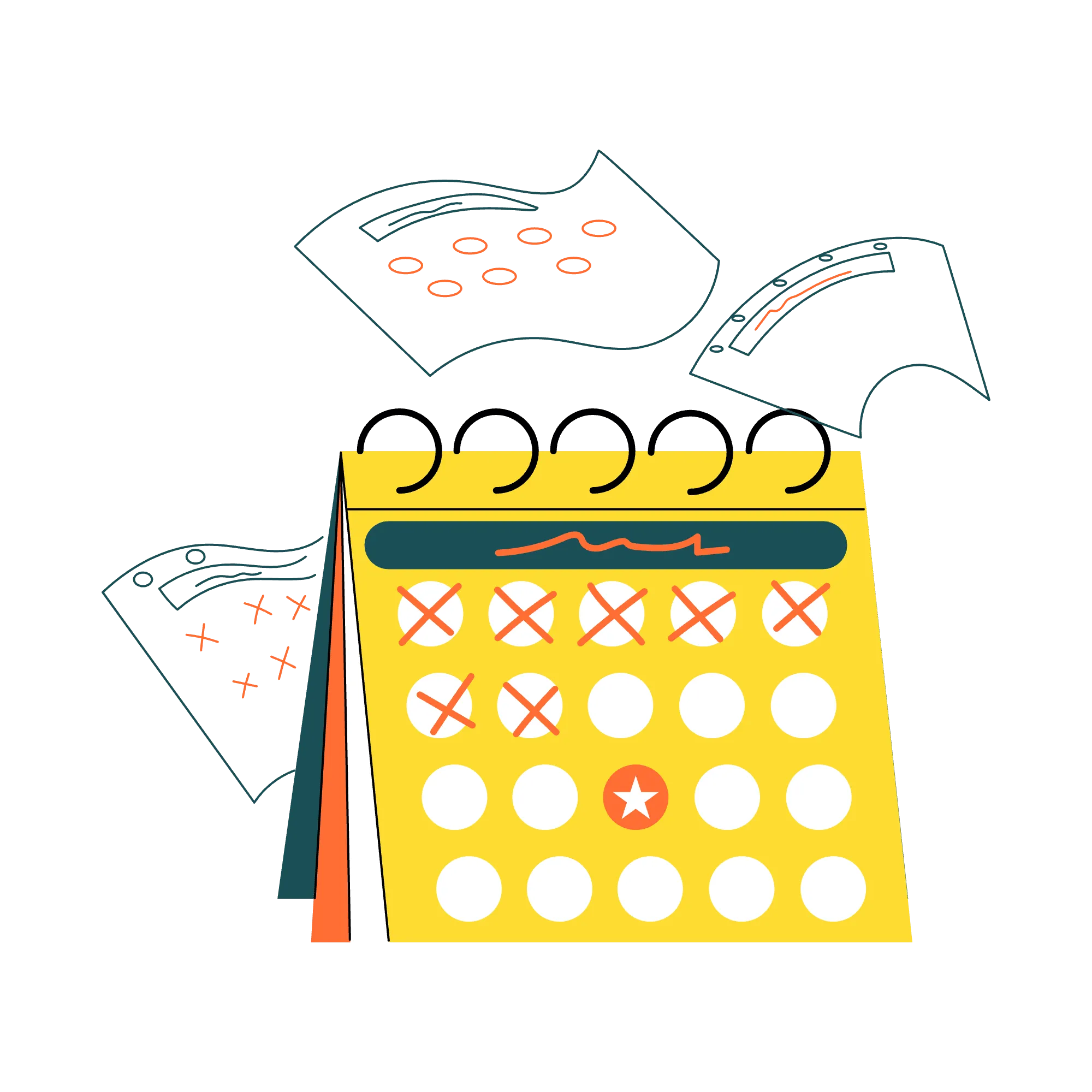Stages of awareness matter because mismatched messaging speaking at the wrong awareness level wastes budget and confuses prospects. If your ads lead with product features ("Our CRM integrates with 47 platforms!") but target Problem-Aware audiences who just realised they're losing deals due to poor follow-up, you're speaking past them they don't yet understand why CRM matters, let alone integration capabilities. Conversely, if you serve educational content about identifying pipeline problems to Most-Aware audiences actively comparing vendors, you're patronising them and losing deals to competitors who make buying easy. The framework particularly helps B2B marketers segment content strategy: blog posts targeting Unaware and Problem-Aware audiences (problem education), comparison guides for Solution-Aware, case studies for Product-Aware, and demo/trial calls for Most-Aware. This prevents the common mistake of producing only Product-Aware content (features, benefits, case studies) whilst ignoring the larger Unaware and Problem-Aware audiences that feed your future pipeline. The stages also guide channel selection: broad-reach tactics like content marketing, SEO, and social media work well for earlier stages, whilst targeted tactics like retargeting, direct sales, and late-funnel search work for later stages. Understanding awareness also improves conversion optimisation: if landing page conversion is weak, you might be targeting Problem-Aware traffic with Product-Aware messaging, or vice versa. Sales conversations benefit too discovery calls should establish awareness level before pitching, adjusting language accordingly. Organisations that map content and campaigns to awareness stages report 40-60% improvements in content engagement and 20-30% improvement in MQL generation because messaging finally matches audience mental state. The framework also prevents premature product pitches that damage relationships: leading with education when prospects are Problem-Aware builds trust and positions you as helpful guide rather than pushy vendor.

.webp)





